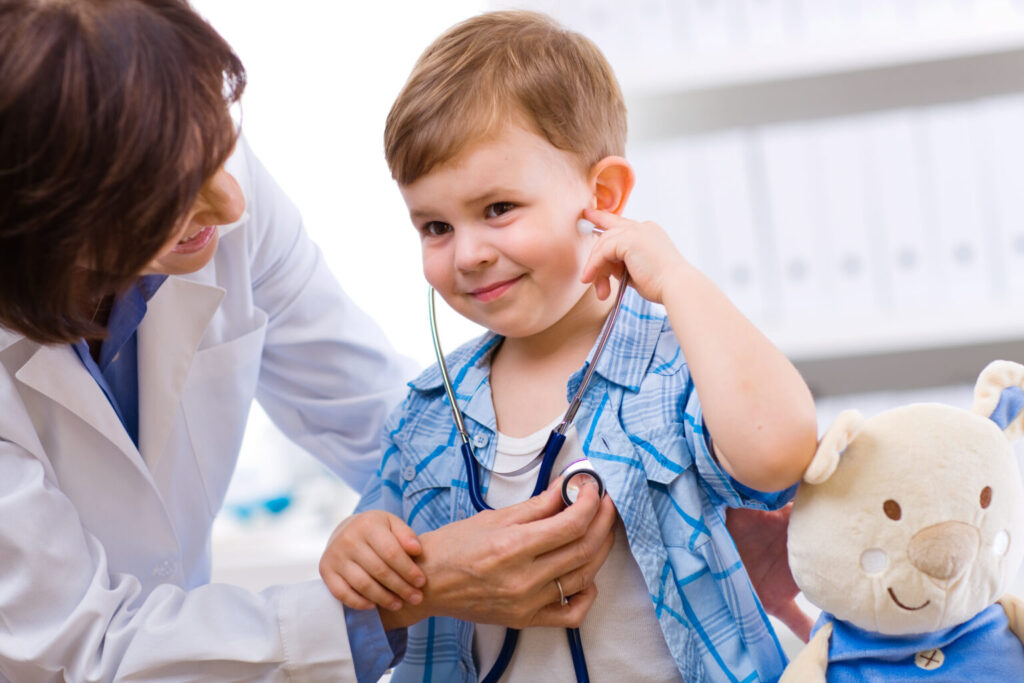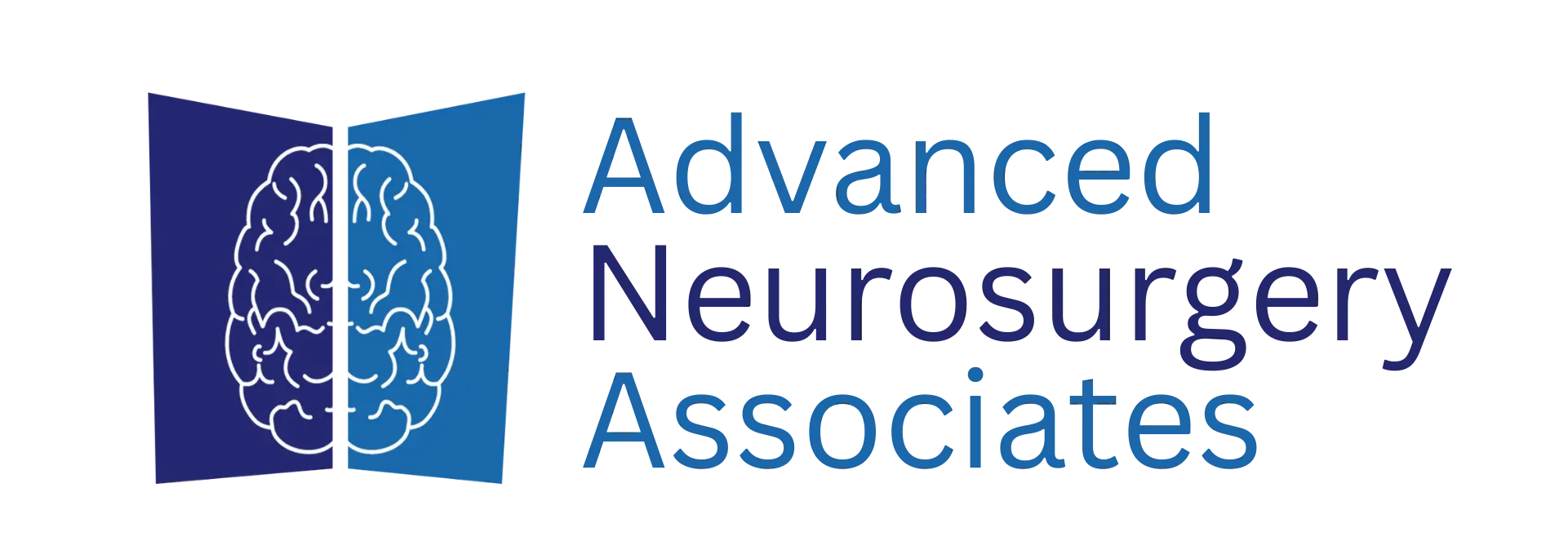Brain and Spine Tumors in Children
The Central Nervous System (CNS) comprises the brain and the spinal cord, whereas the Peripheral Nervous System (PNS) comprises the nerves and ganglia (tissue mass) outside the brain and the spinal cord.
Tumors of the nervous system are the second-most common pediatric tumors (after leukemia), comprising around 26 percent of all childhood cancers. Approximately 4,600 children every year are diagnosed with brain tumors in the U.S., and many families seek advanced care such as Pediatric Brain Tumor Treatment in Rutherford to ensure the best outcomes.

Surgery is the most common treatment for these children. Although brain tumors in children are different from those in adults, and thus are treated differently, specialized approaches like those for Pediatric Spinal Cord Tumors in Rutherford are designed to meet the unique needs of young patients.
Although brain and spine tumors have the highest death rate of childhood cancers, advancements in surgical techniques and adjunctive therapies in the past two decades have significantly improved survival rates and outcomes for these children.
Pediatric Brain and Spine Tumors
At ANA, we have wide experience with pediatric brain tumors. They are diagnosed most often between the ages of three and eight, but can occur at any age. Almost 60% of brain and spine tumors are diagnosed before the age of 10 years. For reasons undetermined, childhood brain tumors occur in males more frequently than in females. Families in need of Pediatric Brain Tumor Treatment Rutherford can rely on our expertise for compassionate, advanced care.
There has also been an unexplained increase in the incidence of brain tumors in infants over the past 20 years. There is wide speculation that this seeming increase is due to earlier diagnosis since the emergence of MRI in the past decade or so; however, this does not explain why the increase is seen primarily in males.
Once diagnosed, the treatment of brain tumors in these young pediatric patients presents many difficult challenges owing to the nature of the developing brain. Treatment and prognosis for recovery depend on several factors, including the type of tumor, its location, and the general health and age of the child. We also provide advanced care for Pediatric Spinal Cord Tumors Rutherford, ensuring precise treatment strategies tailored to each child’s needs.
However, today, researchers have begun to unveil the molecular and genetic causes of these tumors, which has led to promising new therapies with the potential to further improve outcomes.
In this potentially overwhelming and stressful time, the entire team at ANA is here to provide you with clear and comprehensive explanations, expert diagnosis or a second opinion, as well as treatment options.
Brain Tumor Symptoms in Children
- Gradual loss of sensation or movement in an arm or leg
- Unsteady or imbalanced movement, especially if present with a headache
- Vision loss in one or both eyes, especially peripheral vision loss
- Double vision, particularly if associated with a headache
- Gradual onset of difficulty of speech
- Loss of hearing, with or without dizziness
- Possible nausea or vomiting (more severe in the morning), or extreme loss of appetite
- memory loss, disorientation, confusion
- Fever
- Fatigue, listlessness or pallor
- Swelling or lumps anywhere on the body
- Insomnia or sleeping too much
- Change in disposition, e.g., whining or crying spells, unusual irritability
- Regression of toilet habits
- Easy and frequent bruising
- Nosebleeds or bleeding from any part of the body
Other symptoms associated with, although not necessarily caused by, a brain tumor include:
- Headache – While headaches are the most evident symptom of the presence of a brain tumor, many people may suffer from persistent or severe headaches but do not have a brain tumor.
- Headaches that especially raise a red flag include: a steady headache that is worse in the morning, a persistent headache combined with nausea or vomiting, or a headache that includes weakness, numbness or double vision. These types of headaches indicate the possibility of a brain tumor.
Spinal Tumor Symptoms in Children
- Loss of sensation or muscle weakness in the legs, arms or chest
- Difficulty walking, which may cause falls
- Decreased sensitivity to pain, heat, and cold
- Loss of bowel or bladder function
- Paralysis that may occur in varying degrees and in different parts of the body, depending on which nerves are compressed
- Scoliosis or other spinal deformity resulting from a large, but benign tumor.
Brain and Spinal Tumor Diagnosis
Tumor Definitions
- Benign tumors are the least aggressive type and do not contain cancerous cells. They typically grow slowly and generally do not spread.
- Malignant tumors contain cancerous cells and are considered life-threatening as they grow quickly and can invade nearby brain or spinal tissue.
- Primary tumors refer to those that start in the brain or spine. They may spread within these areas but rarely to other organs. Primary tumors are typically more frequent in children and older adults.
- Metastatic or secondary tumors are those that start elsewhere then spread to the brain or spine. These tumors are more common than primary tumors and are seen more in adults than children. They are named by the location in which they begin.
Brain and Spine Tumor Grades
- Grade I tumors are when the tissue is benign and the cells grow slowly. The cells almost look like normal brain cells, and rarely spreads. In some cases, it is possible to remove entirely with surgery.
- Grade II is when the tissue is malignant and the cells look a little more abnormal compared to Grade I tumor cells. It is possible for this type to spread and possibly recur.
- Grade III tumors comprise malignant tissue and actively growing cells (anaplastic). The abnormal cells look very different than healthy cells, and is likely to spread into nearby cells.
- Grade IV tumors look the most abnormal and comprise malignant tissue and fast-growing cells. Metastatic tumors are often Grade IV.
Brain and Spine Tumor Treatment
Several treatment options may be required to remove a brain or spinal tumor, depending on the type and location of the tumor in the nervous system. There have been significant advances in treating brain and spine tumors, meaning success rates have improved in the last two decades.
Biopsy
Stereotactical Biopsy
Radiation
Radiation is a localized, painless therapy to eradicate cancer cells by destroying them and/or by keeping them from reproducing.
Two types of radiation treatment include:
- External radiation therapy is a beam directed at the cancer from outside the body.
- Internal radiation therapy (called brachytherapy or implant therapy) is from a source placed inside the body at the site of the cancer.
Radiation has come a long way, and can be delivered with more precision and effectiveness largely due to advanced imaging techniques.
At ANA, our expert neurosurgeons, in consultation with radiation oncologists, determine and recommend the best possible treatment plans—with explanations and support designed to inform and assure you
Stereotactic Radiation (Radiosurgery)
Proton Beam Therapy
Chemotherapy
Medical Attention: When to See a Doctor For a Concussion
If you suspect someone under your care may have a concussion, it is important to keep a close eye on the individual and call a medical professional if you notice any concerning symptoms. If you are unsure whether or not to call a medical professional, it is important to be on the safe side due to the dangerous nature of concussions.
In rare cases, blood can accumulate on the brain (hematoma) and create pressure. Some danger signs include:
- loss of consciousness, even if only for a brief moment it should be taken seriously
- one pupil larger than the other
- a headache that worsens with time and doesn’t go away
- repeated instances of vomiting, nausea, convulsions, shaking, or twitching as if having a seizure.
- an inability to wake up, or unusual drowsiness
- Unusual behavior, which can include slurred speech, decreased coordination, confusion, restlessness, agitation, weakness, or numbness.
- in young children, it may appear as ongoing crying, an inability to be consoled, or refusal to eat or nurse.
As neurosurgeons, one of our central roles is the evaluation and treatment of mild and severe traumatic brain injuries. Please contact our office immediately if someone under your care needs medical attention for a concussion, and we will work with you to ensure the individual receives the care he or she needs.
